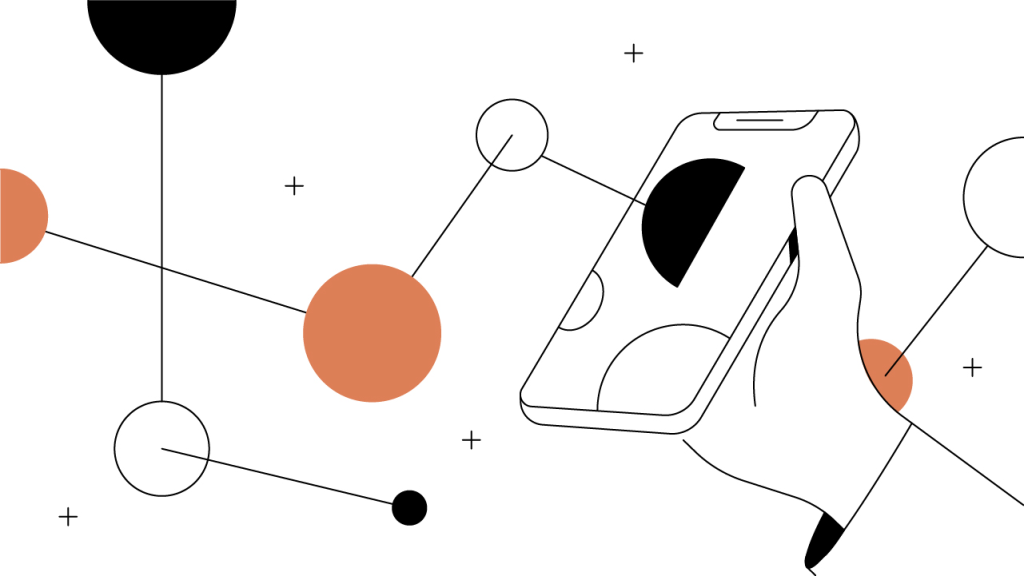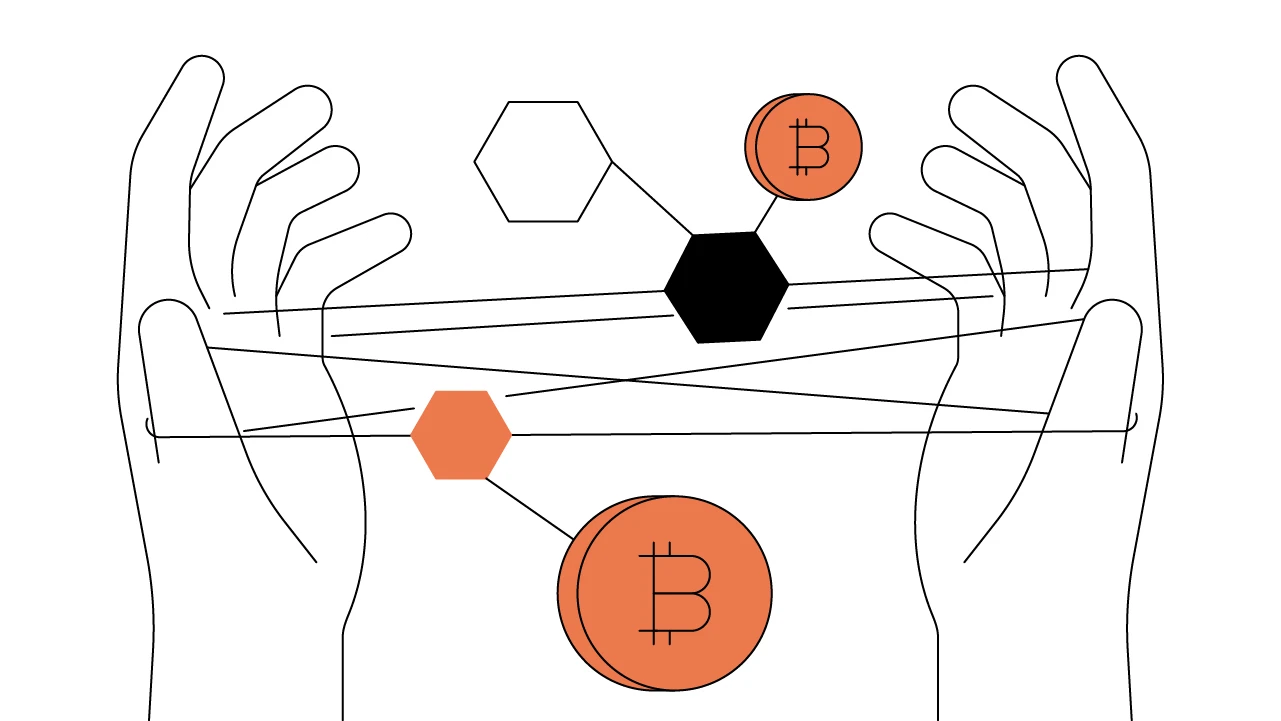An Overview of Blockchain Governance
Blockchains are evolving amalgams of computer protocols and human participants, and rely on both old and new tech to create their governance methods.
Updated November 16, 2023 • 4 min read

Summary
In the absence of a centralized authority, decentralized networks and platforms rely on increasingly innovative governance structures to ensure the longevity and overall real-world use of their projects. Blockchain governance typically employs mechanisms to make decisions on project direction, ongoing updates, and to ensure that the underlying protocol and ecosystem runs smoothly and efficiently. Governance mechanisms are either off-chain, which includes public discussion, proposals, and collectively agreed-upon updates, or on-chain, where stakeholders vote with native coins to make changes to the blockchain directly.
Just like consensus between nodes is required within a decentralized blockchain network to continue validating and securing data, consensus is required among networks of stakeholders to change its laws and processes. Because there is no centralized authority, decentralized networks and platforms rely on increasingly innovative governance mechanisms to make decisions on updates and roadmaps, and to resolve disputes in an equitable and inclusive manner. The blockchain governance model defines the project’s level of decentralization, accessibility, equitability, and how it balances the interests of various stakeholders.
In practice, governance mechanisms are relied upon for making essential decisions like exacting irreversible chain forks and adjusting token monetary policy, while recent developments in decentralized finance (DeFi) have turned governance tokens into highly valuable assets. Blockchain governance is generally divided into two subcategories: off-chain governance and on-chain governance. These terms refer to whether decision-making processes take place via staking and transactions on the blockchain or off of the blockchain through informal discussion and through an improvement proposal process or similar manner.
To understand how blockchain governance works, let’s take a look at some of the most common governance models.
Off-Chain Governance Mechanisms
Both Bitcoin and Ethereum utilize off-chain governance processes, as do most other Proof-of-Work blockchain systems. The core stakeholders of these blockchains are users, node operators, developers, and miners, and they all exert checks and balances on each other.
Off-chain governance for a blockchain ecosystem functions when all stakeholders agree and make all relevant updates and implementations in unison. If consensus cannot be reached, the network is liable to fork, or split into two chains running different versions of the software, and the chain with the most transactional hashing power is considered to be the successor to the original chain.
With an off-chain model, protocol development takes place at conferences, on online forums, and through mailing lists, among other means. You must use these channels to get involved. A brief examination of the history of Bitcoin’s block size debate reveals the informal, off-chain processes that determine whether changes are made and the complications that sometimes accompany those processes.
The block size debate was a dispute within the Bitcoin community about whether the size of Bitcoin blocks should be increased to accommodate more transactions so as to scale Bitcoin’s transaction processing capacity.
Throughout the off-chain process, the block size debate raged and ranged across a variety of off-chain platforms and events. Over several years, agreements were inked and broken, multiple conferences were called to host in-person discussions, and blockchain forks were threatened and eventually executed. Bitcoin Cash is the most notable example of a digital asset that lost consensus with the main Bitcoin blockchain, and now exists as a separate and distinct blockchain with nearly identical code. The protracted and inefficient debate over Bitcoin scaling reveals two downsides to off-chain governance: that it can be difficult to register your input as an individual user and that changes can take a long time to implement.
On-Chain Governance Mechanisms
In contrast, on-chain governance is a mechanism that enables a decentralized community to update a blockchain by voting directly on-chain. On-chain governance for a blockchain ecosystem typically takes place on Proof-of-Stake blockchains in the form of a vote, and you usually must hold the blockchain’s native coin to participate in its governance. The weight of your vote is determined by the number of coins you hold. The stakeholders in on-chain governance typically include users, developers, and transaction validators.
For example, if you hold MakerDAO’s MKR token, you can vote on governance actions proposed by the Maker community through its decentralized autonomous organization (DAO). These include things like adding a new type of collateral to MakerDAO’s debt system. Each proposal is coded into a smart contract and when it receives the required amount of votes, changes to the blockchain are executed immediately.
EOS is another example of a blockchain with on-chain governance. If you are an EOS coin holder, you can help choose the network’s transaction validators by voting for them in elections. EOS allows you to vote for up to 30 transaction validators, with each coin equaling one vote. If you do not wish to participate in on-chain governance directly, EOS allows you to delegate your voting power to another user.
On-chain governance widens the group of people who participate in blockchain governance processes, limits the threat of chain splits and forks, and allows individual users to register their input. Some on-chain governance systems do retain off-chain characteristics. For example, though proposals may be encoded in smart contracts, they are often still discussed in forums, blog posts, and on Twitter before they are voted upon.
Despite showing remarkable promise in a short time, on-chain governance has not been received without criticism. On-chain processes have been criticized as plutocratic because the amount of coins you hold determines the weight of your vote, which means whales often have disproportionate influence on the system. And critics worry that coin-rich whales will vote to make changes to the blockchain that are most profitable for them, instead of voting for what is best for the long-term health of the blockchain ecosystem. Likewise, despite having the option to vote, many token holders never participate in governance.
Governance mechanisms and decision-making on decentralized platforms are a fascinating study in human organization, with hundreds of billions of dollars of value at stake. While off-chain governance can seem a long, loud, and untidy process, the zero-sum game of miner approval of developer updates has allowed Bitcoin to continue to thrive without centralized leadership — already a huge feat. For the next generation of blockchains and platforms, new developments in on-chain governance mechanisms, DAOs, staking, and tokens have added a layer of democratization to the organizational management of blockchain governance. As decentralized systems develop as both a technology and a philosophy, governance mechanisms will also continue to evolve.
Cryptopedia does not guarantee the reliability of the Site content and shall not be held liable for any errors, omissions, or inaccuracies. The opinions and views expressed in any Cryptopedia article are solely those of the author(s) and do not reflect the opinions of Gemini or its management. The information provided on the Site is for informational purposes only, and it does not constitute an endorsement of any of the products and services discussed or investment, financial, or trading advice. A qualified professional should be consulted prior to making financial decisions. Please visit our Cryptopedia Site Policy to learn more.

Is this article helpful?


